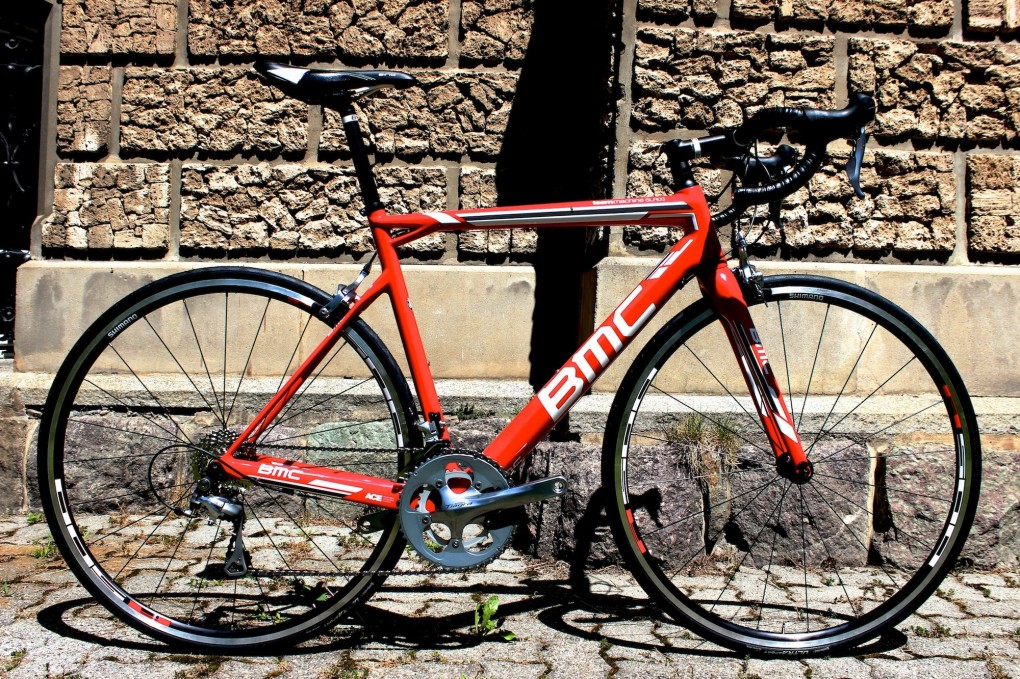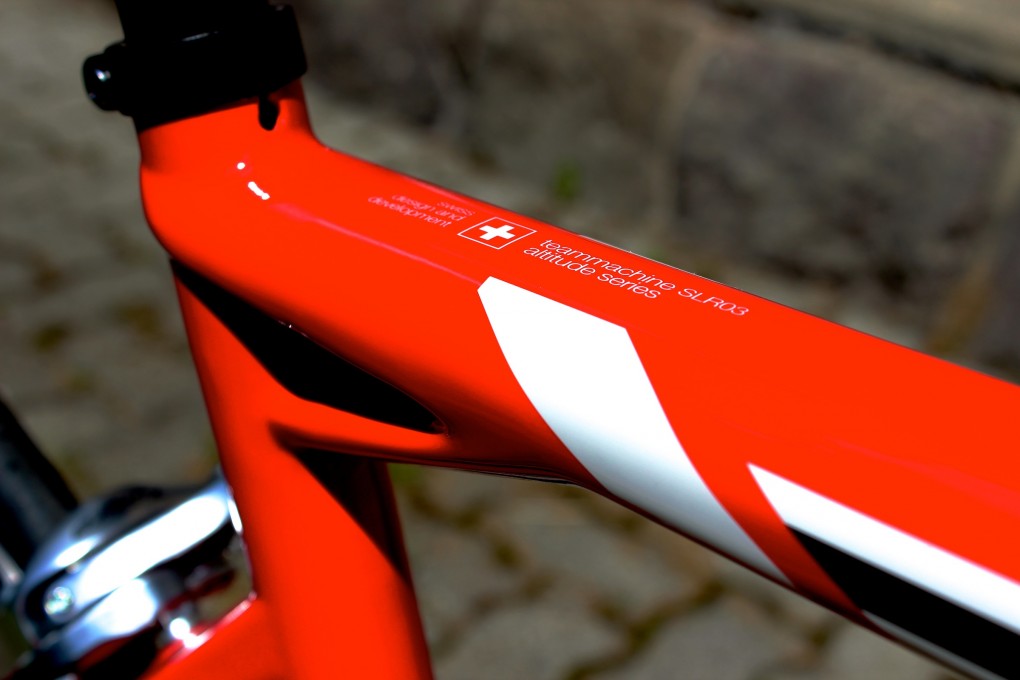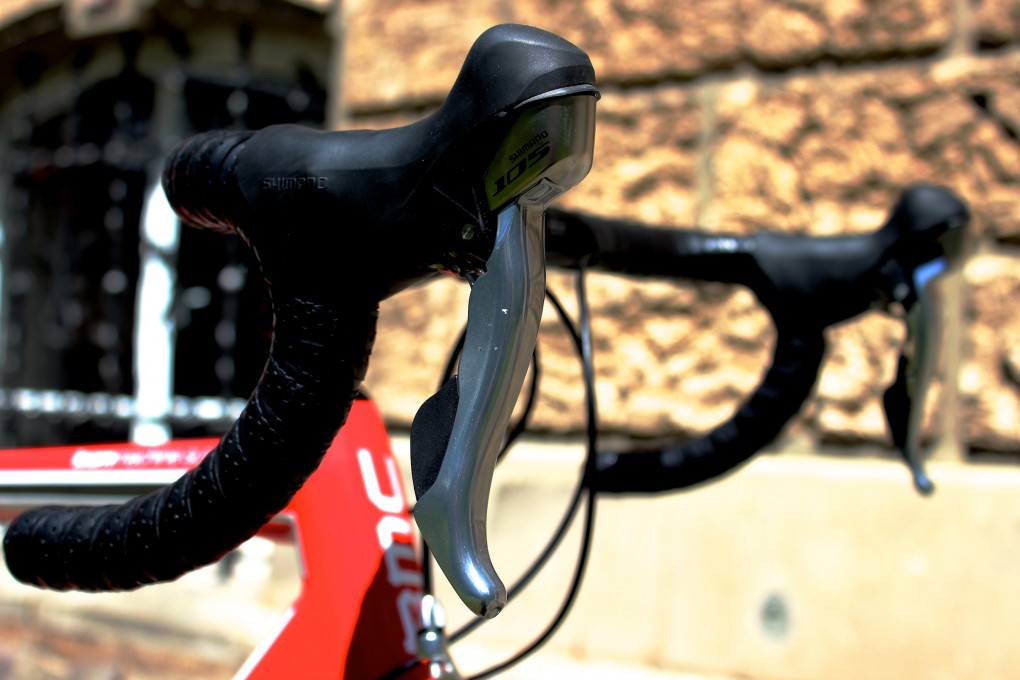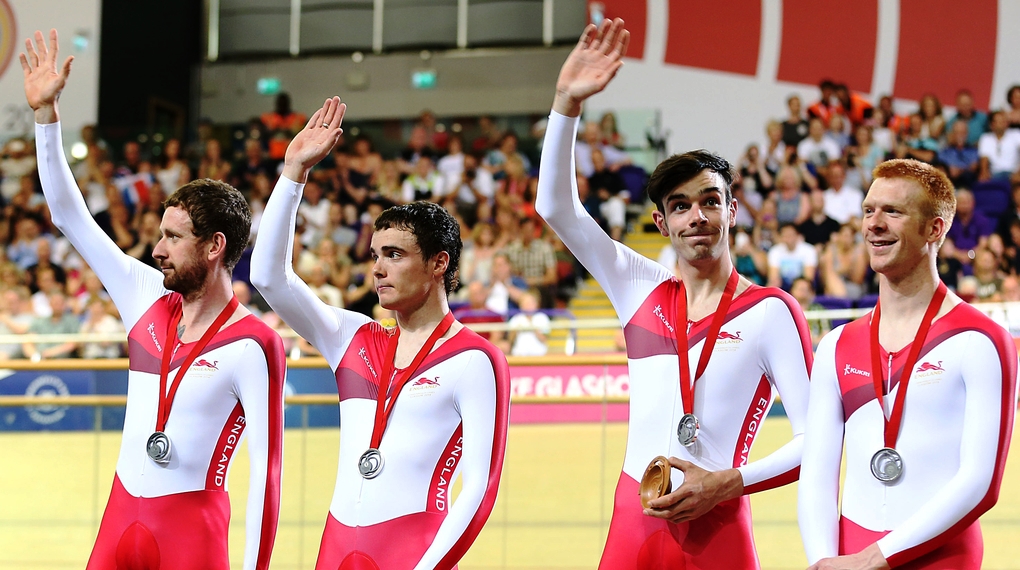BMC Team Machine SLR03
The Team Machine will remain at the heart of BMC’s flagship ‘Altitude Series’ for MY2015, with the chassis of the SLR01 and the SLR02, both unveiled just 12 months ago, largely unchanged.

The SLR03, however, has been added to the line-up, and is intended as an entry point to its race-oriented range for riders previously unserved by the SLR01 and SLR02 models. “BMC now has a bike for everyone,” road bike product manager, Andrew James, told journalists in Lenzerheide.
As well as more modest specifications, the SLR03’s five-strong size range will begin at 47cm, intended as an inducement to junior racers, female riders, and the Asian market.
The chassis
The SLR03 has been developed with the same software used for the SLR01 and SLR02: an application that BMC calls ACE – Accelerated Composite Evolution. BMC’s Head of development, Stefan Christ, told journalists that before beginning work on the Altitude series his design team had listed 200 parameters that they might influence, from the cross section of the top tube to the position of the seat stays.

Computer simulations generated 34,000 virtual frames in 355 days, from which fewer than five different configurations produced comparable figures for the stiffness of headtube and bottom bracket, and compliance. From these, prototype frames were built in Grenchen for testing by Evans, Gilbert, and Van Garderen.
The same parameters have been applied to the development of the SLR03, and BMC is confident that the torsional stiffness and comfort of their new, entry-level bike is comparable with the SLR01. The target for the frame weight, however, differed significantly from the flagship model.
BMC are claiming 1230g for a painted, 54cm SLR03 frame with hardware, compared to 790g for the SLR01. The full carbon fork (including carbon dropouts), with steerer tube tapered from 1.5” to 1-1/8”, adds a further 630g to the equation, producing a total weight for the chassis of 1860g (compared with 1360g for the SLR01).
Cable routing on the SLR03 is external, preventing it from attaining BMC’s DTI recommendation (Dual Transmission Integration), although its engineers concede that an electronic groupset might be used with external cable routing, however undesirable this might be.
The SLR03 shares its vital statistics with the SLR02, rather than the SLR01, although geometrical differences between the first and third models are minor indeed. In almost every regard – stack and reach, angle of head and seat-tube, length of headtube, top-tube, and seat-tube – they are identical. The closeness was borne out in our back-to-back ride on the two machines, over the same course (more of which later).
The specification
The SLR03 is offered in three specifications, including the new 11-speed, 5800-series Shimano 105, Shimano Tiagra (with 10-speed, 5700-series 105 STI levers), and Sora.

Shimano wheels are specified with each machine, with the 105 model rolling on the Japanese component giant’s RS11 hoops, while its Tiagra and Sora-equipped siblings are equipped with the budget R501. All are shod with Continental’s Ultra Sport rubber, in a 23c profile that now looks dated, despite the SLR03’s intended application.
At the top of the three-strong SLR03 range is a machine partially equipped with the new 5800-series iteration of Shimano’s popular 105 groupset. The chainset, however, is the RS500, equipped with compact ratios, while the brake is the non-series R561- a dual pivot unit equipped with cartridge pads.
The Tiagra-equipped model lives up to the billing, and even exceeds it with the aforementioned, 5700-series Shimano 105 lever, while the Sora bike appears as advertised, with a full deployment of Shimano’s second-from-bottom group.
All three are finished with a Selle Royal Sirio saddle, and aluminium bars, stem, and seatpost branded with BMC logos.
The claimed weight for the 105 bike is 8.4kg, while the Sora equivalent, surprisingly, is billed as 300g lighter than the Tiagra bike at a claimed 8.5kg.





